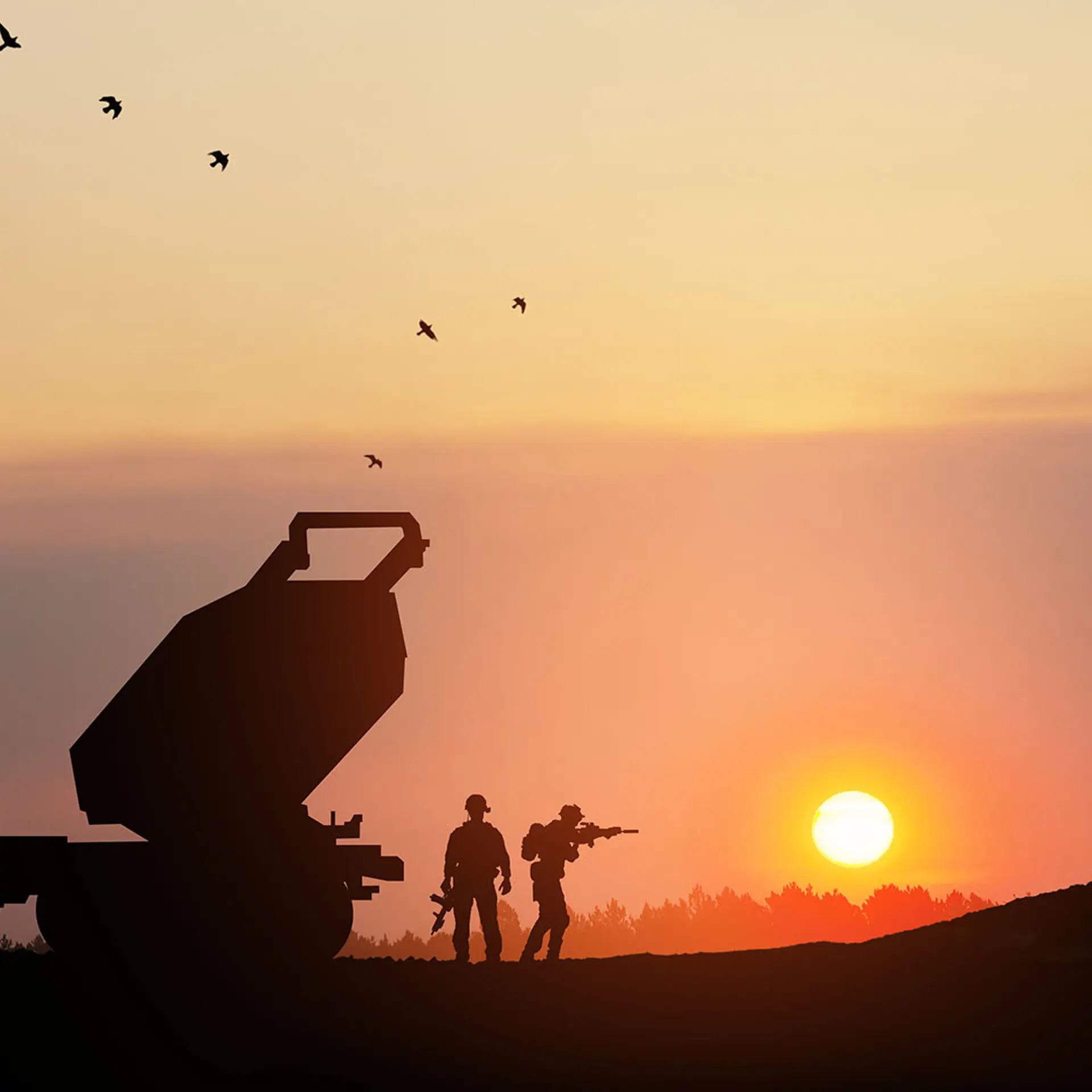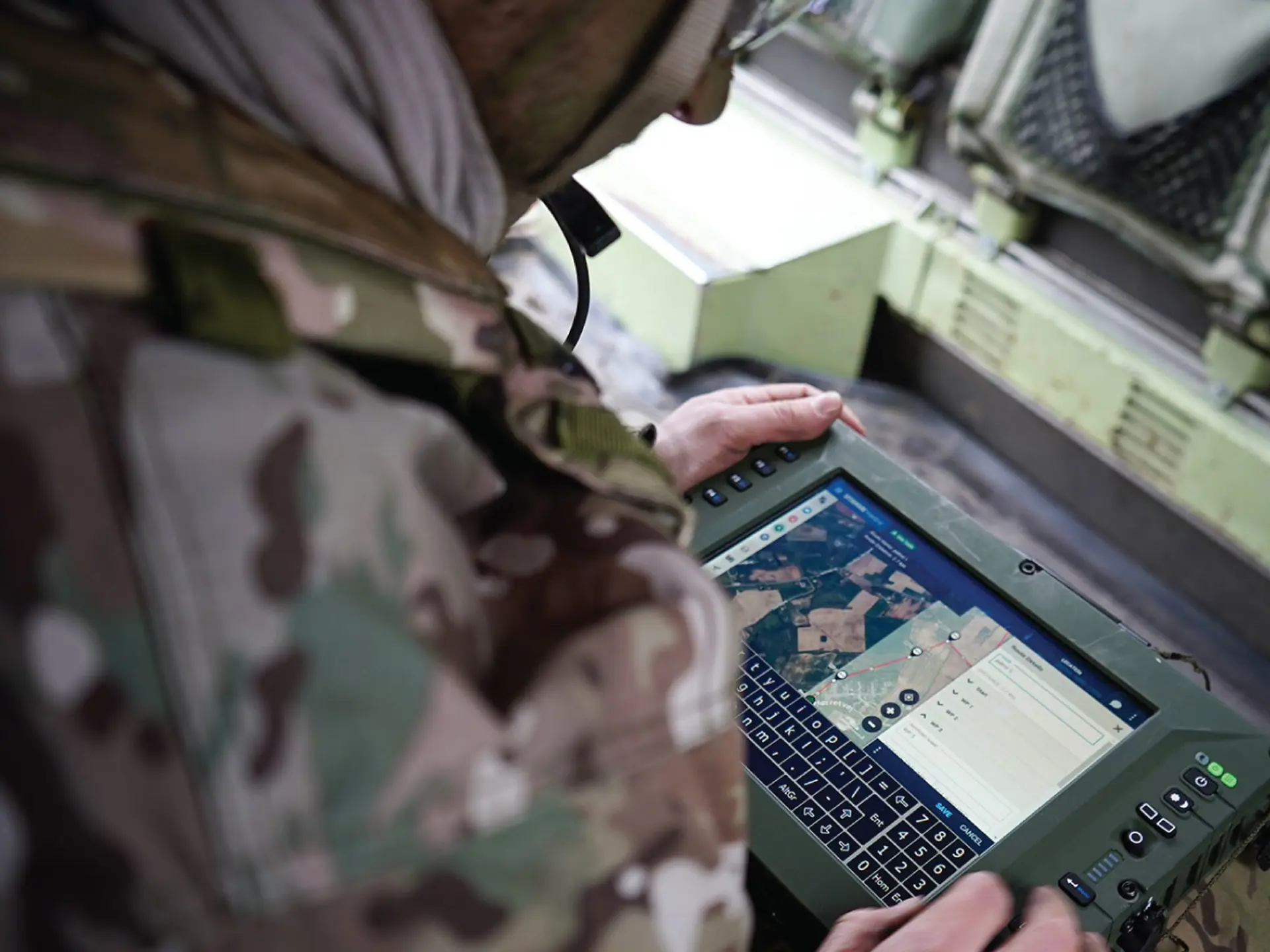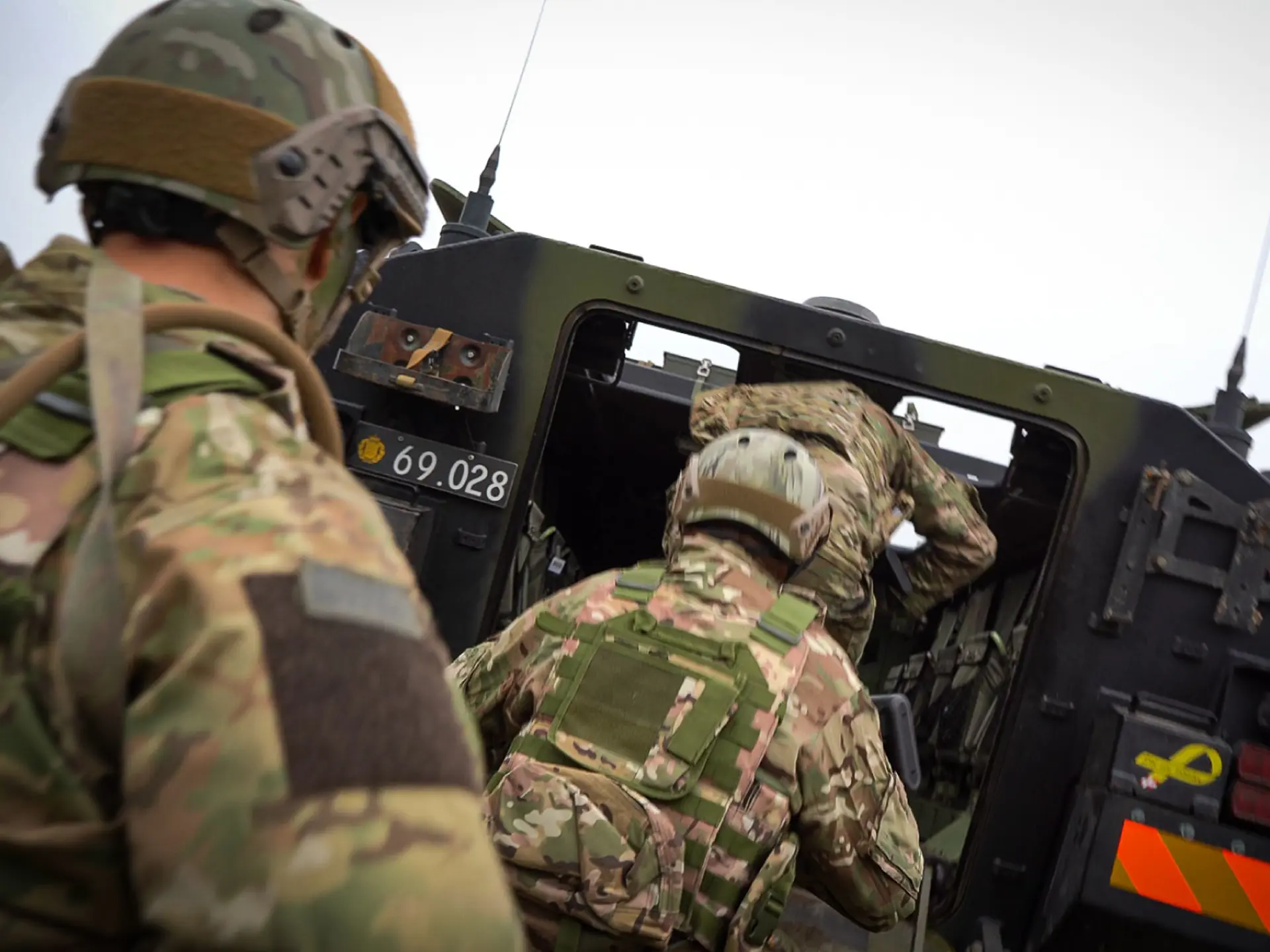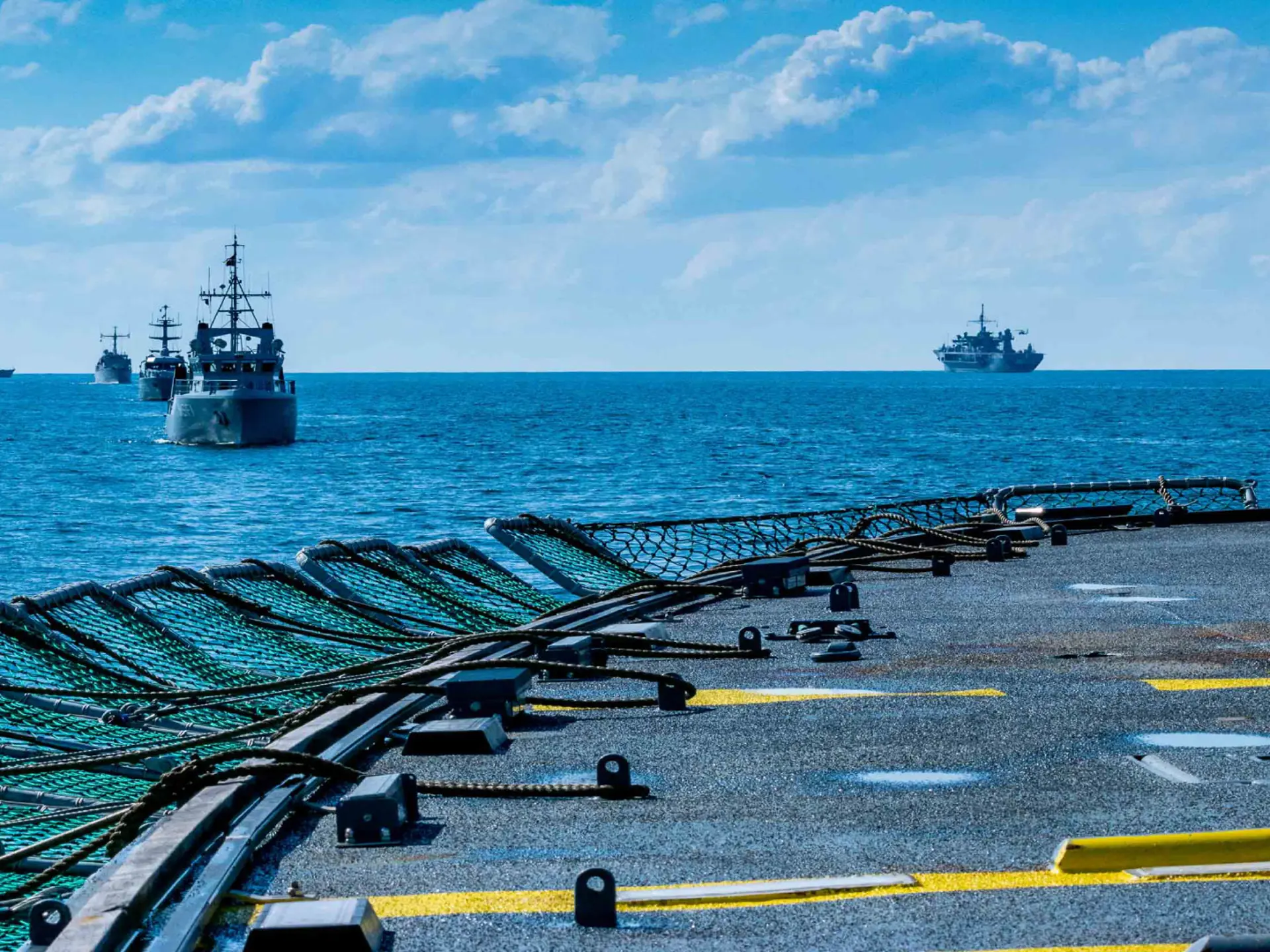Force multiplier
Troops on the ground need support to ensure they can achieve their missions – whether they are defensively holding a position or taking the offensive into enemy-held territory. Getting a force multiplier can mean that greater freedom of movement can be gained or the efficiency of an opponent’s capabilities is degraded; thereby reducing the risks to your forces.
Fires can be the best way to achieve this multiplier, and come in a variety of forms – artillery, guided missiles, mortars, air and helicopter strikes, or naval bombardment. As the modern battlefield favours joint and combined arms operations, it is increasingly important to have the best effects co-ordinated and delivered, thereby reducing the risk of resource stove-piping and fratricide.
Increasing battlefield fragmentation
As the United Kingdom’s Royal United Services Institute noted in a November 2019 report, the modern battlefield is set to become more fragmented as sensor capabilities improve and the range of fires systems increase. This would mean that combat services support formations, such as logistics and depot support, are at greater risk of destruction over a wider space. This has been highlighted by the destruction of barracks and ammunition depots far behind front lines in the war in Ukraine.
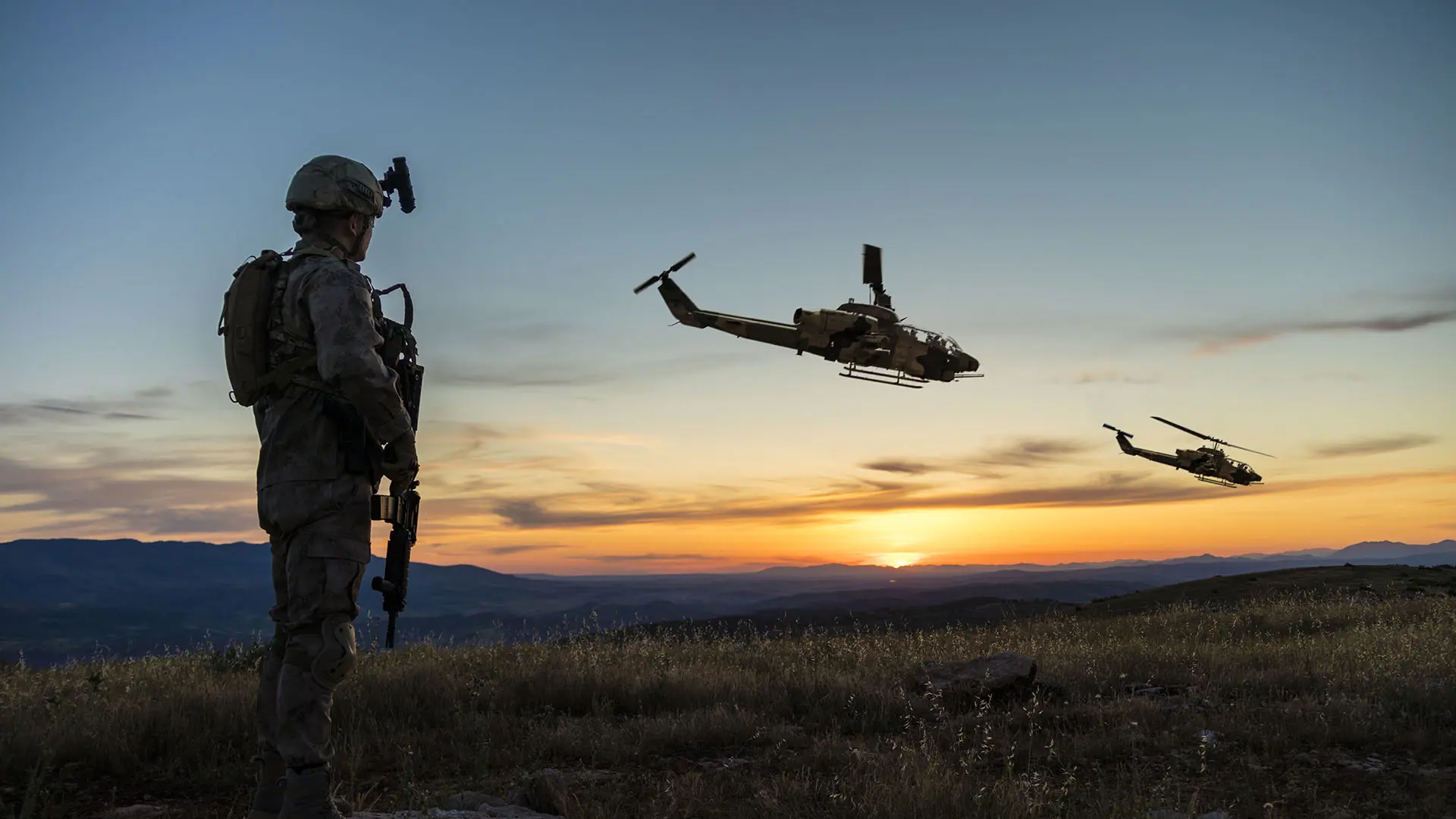
As fires effectors, such as artillery shells, rockets, and missiles, become more advanced, successfully co-ordinating their use on the battlefield can be the main challenge to their most effective use.
Airspace co-ordination and deconfliction is also a critical aspect of a fires planning system, as it ensures that friendly air assets can remain clear of fire zones, allowing for safe flights and transits.
As the range of effectors increases, this becomes more important, as greater areas of airspace need to be cleared for safe usage.
3 types of fires missions: planned, dynamic or time-sensitive
Fires missions fall into two distinct camps: planned and dynamic fires – and then there is a third and fast-paced addition. Within dynamic fires missions, time-sensitive missions also require rapid decision and co-ordination from fires cells
Bringing capabilities together
Ensuring that effects can be appropriately delivered falls to the co-ordination units, such as a joint fires cell, within a headquarters unit. These cells ensure that the appropriate support system is tasked, that other units are aware of the fire support operations, and that battle damage assessment is conducted to confirm that missions have been successfully achieved.
Within a joint fires cell, planned fires missions can be appropriately resourced and fires plans registered and sent to effector units. Urgent requests for fire support, from troops-in-contact or based on dynamic intelligence, is sent to the cell for allocation and calculation, as well as communicating and deconflicting with other operations staff in the headquarters environment.
Integration between these two stakeholders is important, as it allows for friendly units to safely request support, reduce the risk of fratricide, and achieve their aims. However, artillery co-ordination systems routinely do not interface with command post software, requiring a “swivel chair” between the fires cell’s software and the commander’s overview.
To read more about how joint fires works, as well as how joint fires can be used to counteract deep fires, click the button below.
New capabilities
The deployment of unmanned systems on the battlefield represents one of the most significant advancements in modern warfare. As their reliability has improved, different functions for them have evolved, from equipment carriers to remote sensor platforms.
Their use as airborne sensors has also allowed them to provide real-time intelligence to operations staff, meaning that information can be gathered from very hostile environments at low risk, or that troops can be more efficiently deployed elsewhere.
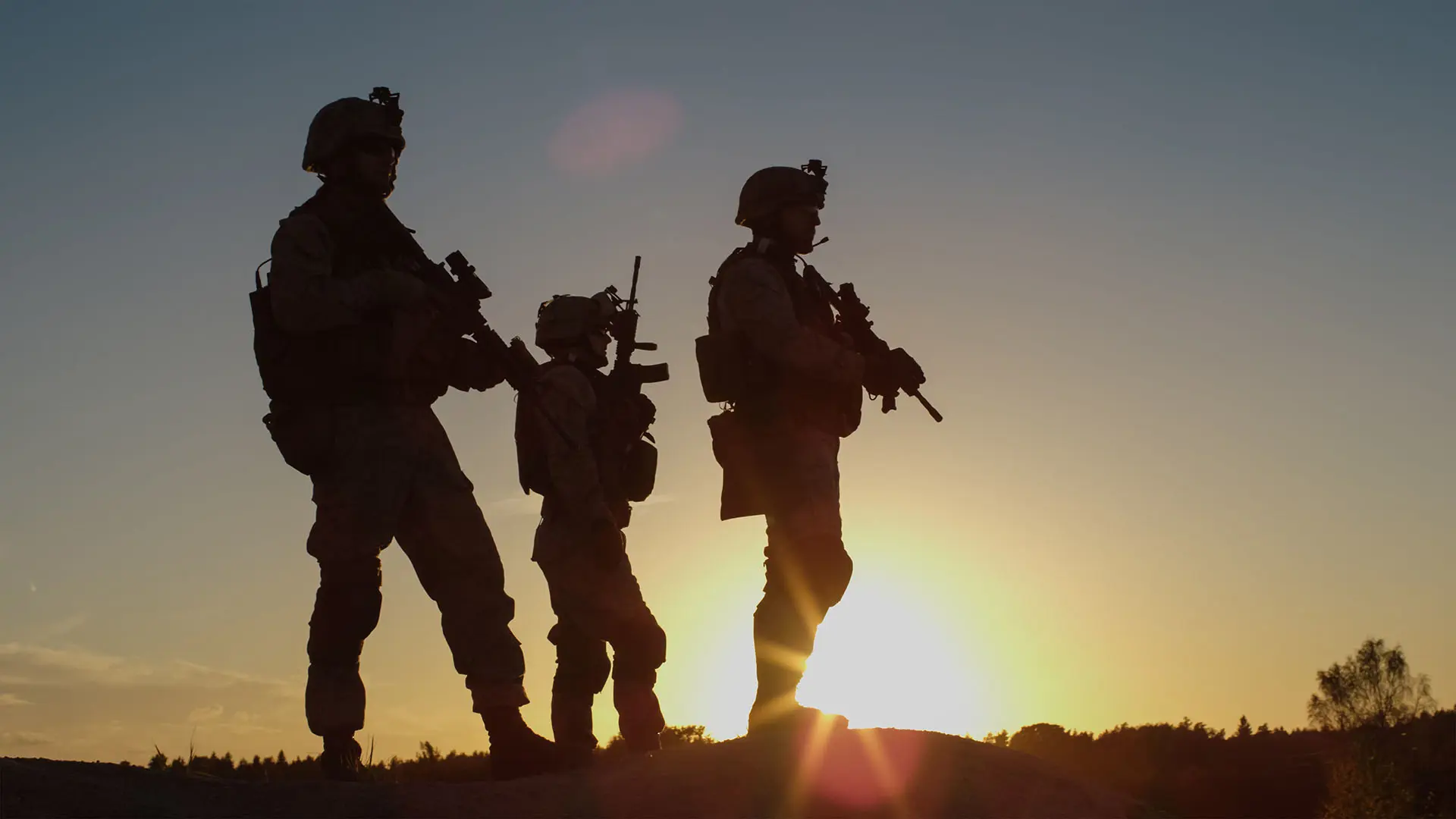
The number of manufacturers around the world has also significantly increased, from small system suppliers through to large companies building high altitude, long endurance systems.
As new technologies and effectors are fielded, bringing them into the fires co-ordination environment is a challenge, but one that militaries are now keenly aware of.
Integration through gateways such as ASCA help to provide the timely delivery of effects to a wide range of coalition forces, giving commanders greater options to gain tactical and strategic advantages quickly.
Firing intelligently
The US Department of Defense’s (DoD’s) Second Offset strategy revolved around the delivery of precision strike capabilities to ensure that targets were being destroyed, with a smaller force using guided weapons potentially able to defeat a larger force using unguided ones. A corresponding increase in reconnaissance capabilities also meant that a more surgical use of force could have a similar – or better – effect than the use of large, massed forces.
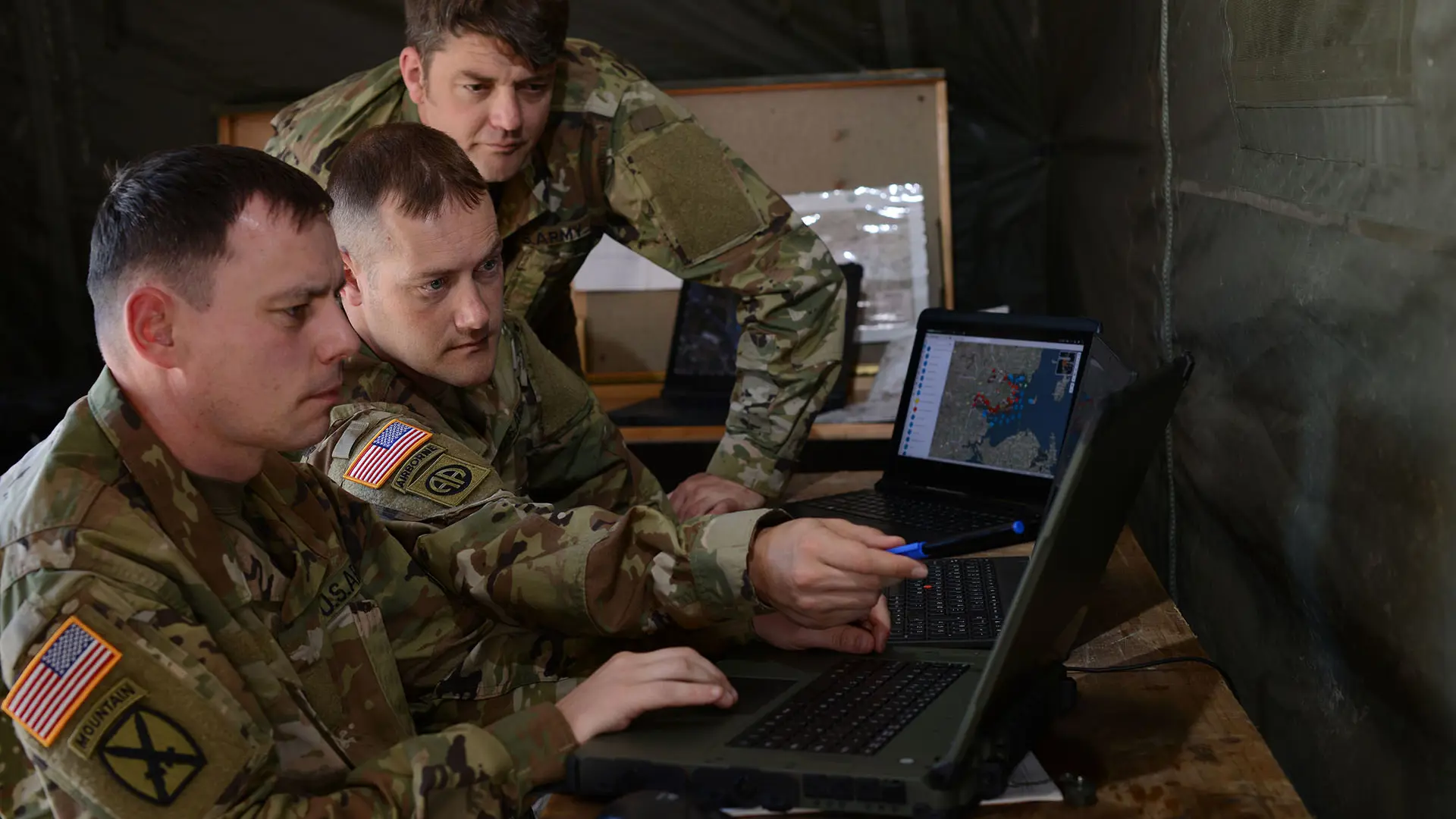
The DoD’s Third Offset plan, launched in 2014, envisaged the use of big data, robotics, advanced manufacturing, and more. When applying the second and third offset strategies to the fires domain, the fusion of intelligence capabilities and the ability to conduct precision strikes means that increasingly greater effects can be gained from fewer expended munitions.
Additionally, being able to outpace your opponent’s reconnaissance capabilities can mean that their force multipliers can be more easily targeted and destroyed, giving a tactical and strategic advantage.
Integrating the intelligence processing capabilities with planning and executing dynamic and planned fires missions can allow for the best utility of force, reduction in costs for both material and personnel, and a shortening of a military conflict. As intelligence platforms improve in their ability to automatically gather, process, and disseminate information, intelligence analysts can now spend more time on important tasks and providing fires cells with the most accurate and up-to-date intelligence picture to ensure effective fires missions.
